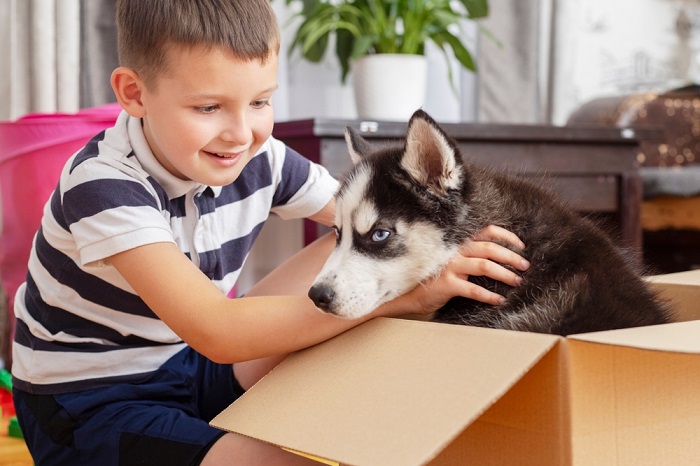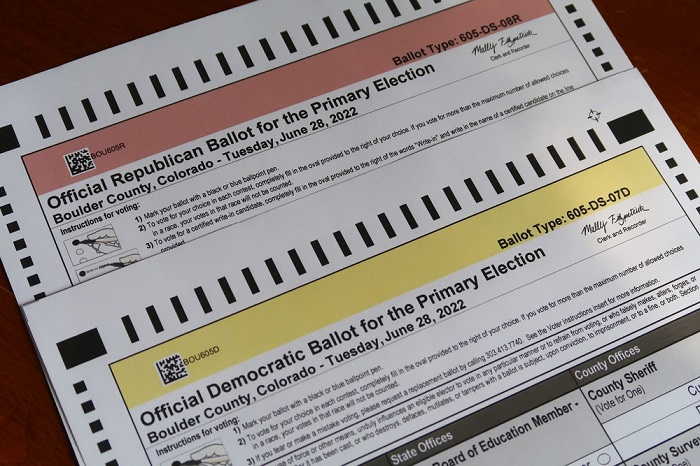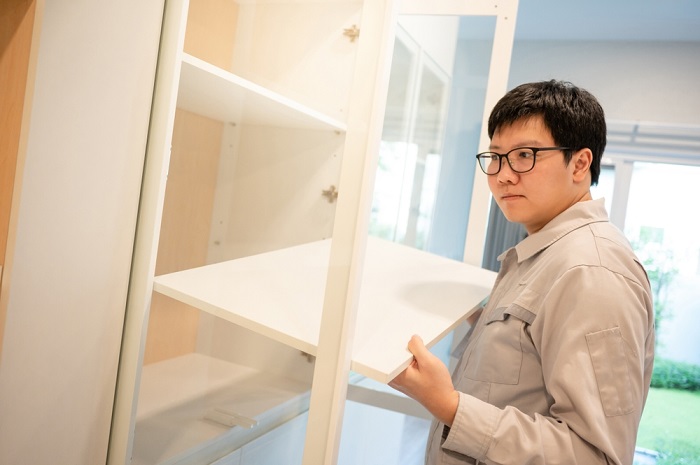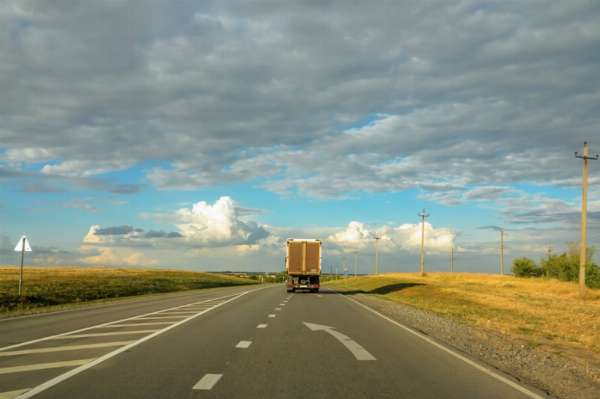Your job is being relocated, you’ve been hired for a dream position, or you’re off to college. No matter the reason, you’re moving a lengthy distance. Moving is stressful even between neighboring towns, but across state lines or countries? It can seem like a Herculean task. What most people seem to forget is that Hercules did succeed — and you can too. It will take some planning and a bit of patience, but a long-distance move doesn’t have to be a living nightmare. These tips will help make your move feel like a Sunday drive.
Plan and Schedule ASAP
As soon as you know you’re moving, it’s time to begin prep work. Prepare a checklist of everything you need to pack and where it’s headed — be it to storage or the new place. Look up any listings for the area if you don’t have a home already scouted out. If you have your move date set, begin scheduling what needs to be done on what day. Even if you’re more of a go-with-the-flow type of person, a move of this caliber requires extensive preparation.
Plan Around the Calendar
Depending on your situation, you may be able to pick an exact date for your move. If this is the case, consider moving in the off-season. The summertime is typically the most popular season. Moving in fall or winter could not only save you thousands in moving fees, but it’ll also be easier to book a moving company in the first place. Let the calendar work for you, not against you.
Prepare Your Children and Pets

Moving with kids is already a challenge, but a long-distance move ups the ante. Children have difficulty conceptualizing such long distances. A move between states may as well be a move to a new country. And cross-country? They might think it’s a whole new planet! The same goes for moving with pets, to an extent, as many struggle to adjust to a new environment with new sounds and smells.
Inform your children of the move as early as possible, and involve them in the process. If possible, bring them to your new home or city to familiarize them with it. By introducing them to their new home, the journey won’t be as terrifying. Try to give them some time to process the news before you start packing things up — especially for younger children, as watching family possessions disappear into boxes can be a little traumatic.
It’s not possible to communicate with your animals in quite the same way. However, an early trip to your new home to explore its smells and spaces may do some animals, especially dogs, some good.
Research Your Moving Company
Think about your cell phone; it’s not something you would trust with just anybody. The same goes for your furniture and personal belongings. That’s why it’s imperative you research potential moving companies. A company might have a flashy ad, but it’s the customer reviews that speak volumes. Check sites like Yelp to get a better understanding of what company works for you.
You might also want to compare the prices of multiple companies. Longer moves tend to have higher rates. It can be tempting to go for the cheapest option; moving isn’t inexpensive to begin with. Traveling over great distances increases the risk of damage to your furniture, however. It may be worth investing in a safer company rather than having to buy new furniture when you move in!
Update Your Documents

Moving across states or countries will probably require you to update your records. Items like driver’s licenses and passports will still be valid, at least for a while. But learner’s permits, voter registration, and more localized documents will need to be updated. Depending on the document, you may be able to do it before you move or even online. Do your research online by visiting state or municipal websites, and find out the timeline you’ll need to abide by.
Make a checklist of all the documents that need updating and create a timeline to ensure you complete each task in a timely manner. By thinking ahead and proactively managing these paperwork changes, you can avoid unnecessary hassles and ensure a smooth transition to your new address. Don’t forget to include non-government chores, too — your banks and other important accounts will want your new address just as much as the government does!
Sort Your Inventory — and Get Rid of Your Junk!
A big move is the perfect excuse to downsize or get rid of items you don’t use anymore. Go through your belongings and decide what’s coming to the new home and what you don’t need anymore. Items you don’t plan to keep can be donated if in good condition. Alternatively, you can put some in storage. This is great for family heirlooms or items with a lot of sentimental value you don’t necessarily want in the house.
By the same token, making a long-distance move is an opportunity to upgrade your furniture. For example, you’ve had your bed for several years. The springs are starting to go and the headboard is wobbly. You could bring it on the move and risk damaging it even more. Or you can purchase a new bed for your new home. If you do decide to upgrade, be sure to factor it into your budget.
Buy Moving Insurance
The worst thing is to arrive at your new place and discover your belongings were damaged during the trip. If this happens and you don’t have moving insurance, it’ll be up to you to buy replacement furniture. With moving insurance, though, it’s on the moving company to replace it. There are multiple kinds of insurance, so pick the one that best suits your needs.
Pack Logically and Label Your Boxes
The simplest way to pack is also the smartest, in our expert opinion. Just box things up room by room. Assuming you plan to use the rooms in your next home in more or less the same way as you use the ones in your old home, you’ll save a lot of effort by organizing your packing boxes by room.
Labeling your boxes is especially important for long-distance moves. It’s possible your belongings will be placed on a truck or plane with other movers’ belongings. You wouldn’t want to accidentally take home someone else’s stuff! Labeling also helps with the unpacking process, as you can determine which boxes go in which rooms.
Disassemble Larger Objects Before the Movers Get There

Here’s the thing: Larger objects can lead to larger moving fees. They take a lot of manpower to lift and take up a lot of room in the moving truck. For this reason, disassembling bigger furniture items like tables or chairs will save space, time, and money. You can reassemble them at your new home. If you’ve lost the original manual, it may be available online.
Now, some furniture items come preassembled and can’t be broken down. We also aren’t suggesting you take a sledgehammer to your bookcase. It might be prudent to seek out guidance from a professional, as mentioned below. They’ll know best which items can be disassembled.
Consider Professional Help
All the moving hacks in the world do nothing when you don’t have time to pack. If you happen to be in this situation, consider hiring a professional packing company. They’ll take care of the packing for you while you worry about other things. If you’re uneasy about having strangers pack your personal items, you can have them only pack certain rooms or items. Ask your moving company if they offer packing services or have any recommendations.
Stay Calm
Ultimately, the biggest enemy against a successful move is stress. Overthinking the smallest details, lack of time management, and other factors can induce anxiety and panic. (And anxiety over mistakes can lead to more mistakes!) It’s important to plan, obviously, but your mental health is equally critical. Take time to relax and recenter yourself during the moving process.
Remember: Overthinking isn’t planning. Take time away from your moving-related chores. Lean on your support system — your friends, family, and others — for assistance and emotional support. With patience, organization, and self-care, you can navigate a cross-country move with calmness and confidence.



